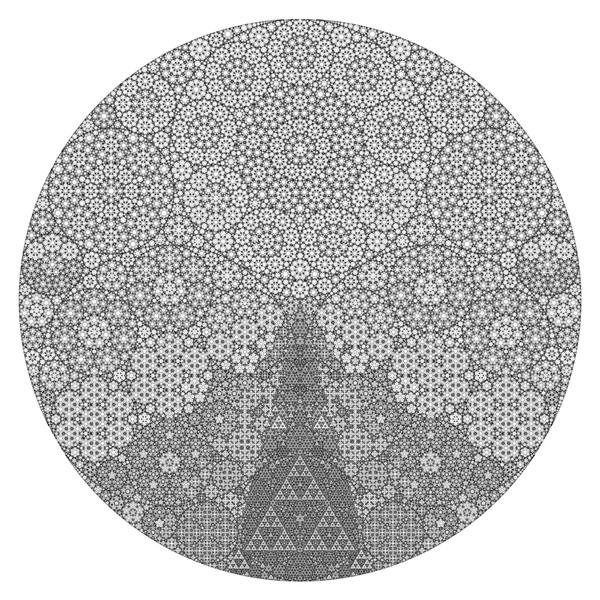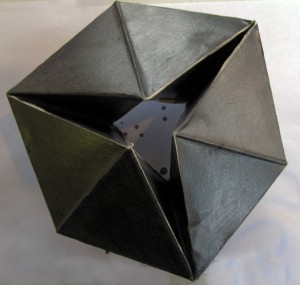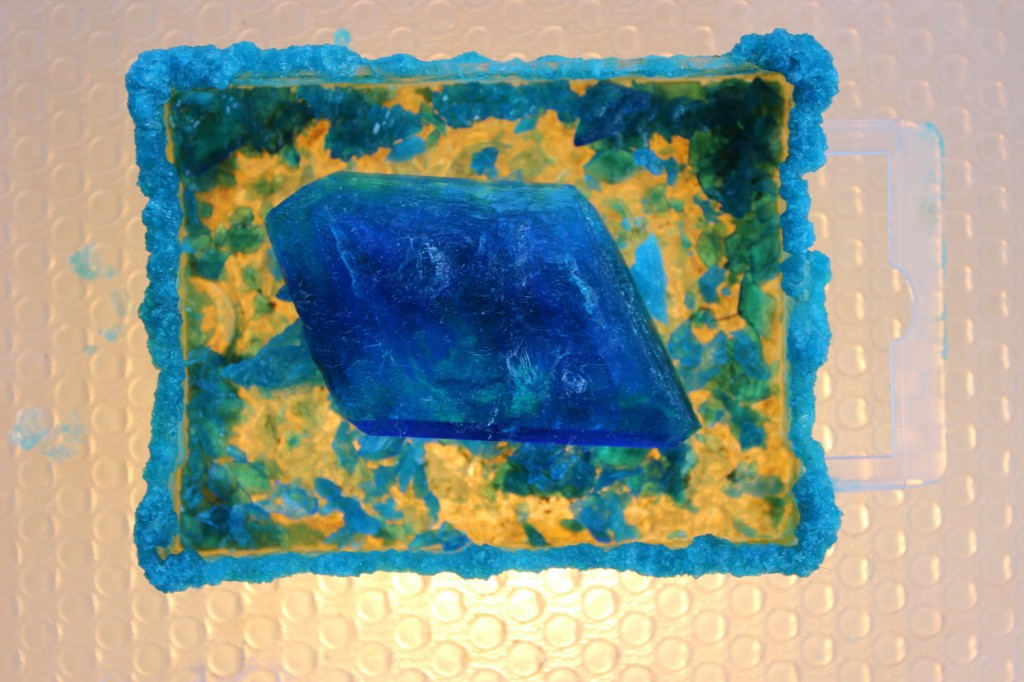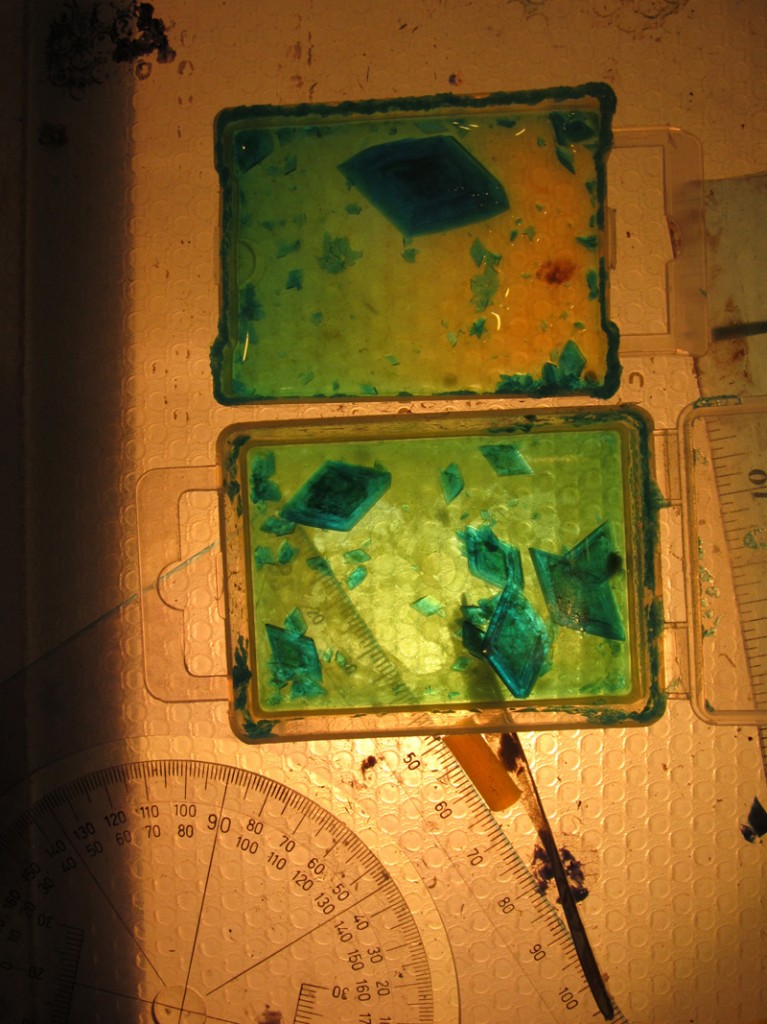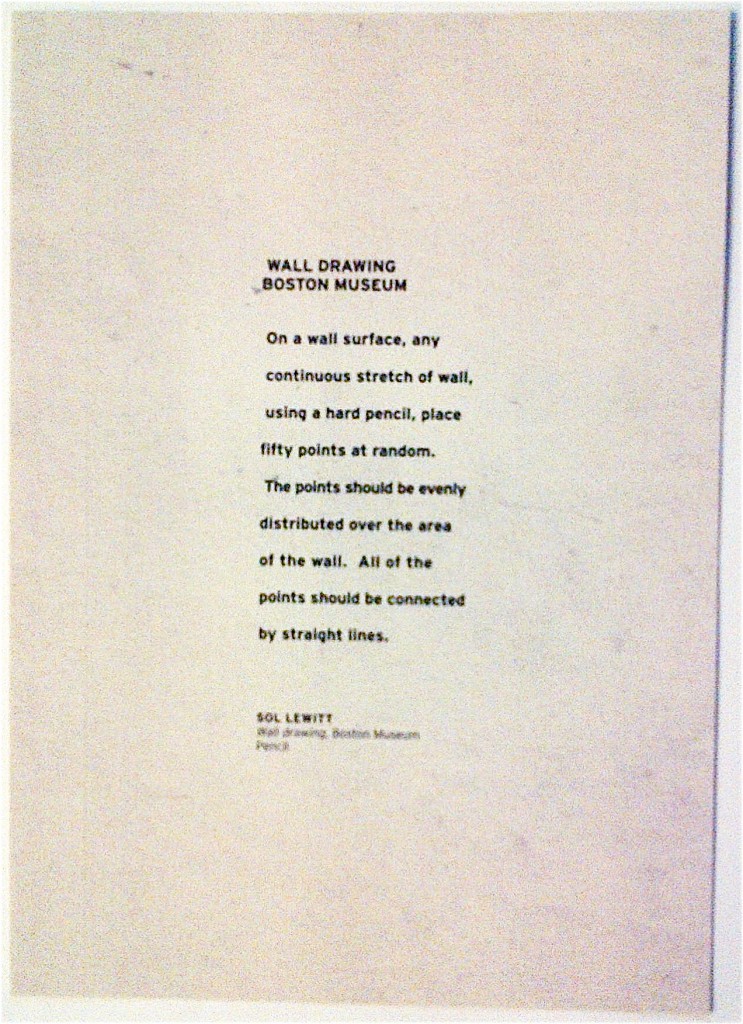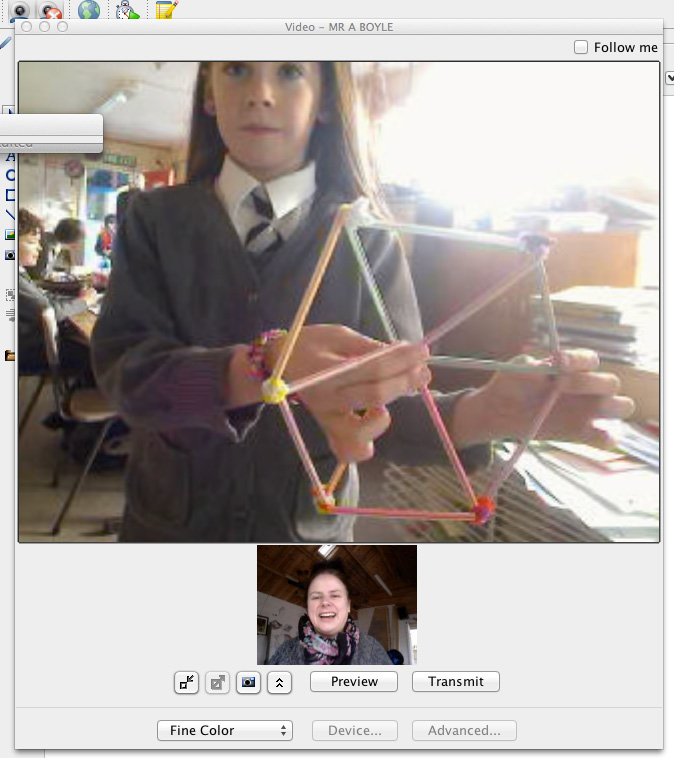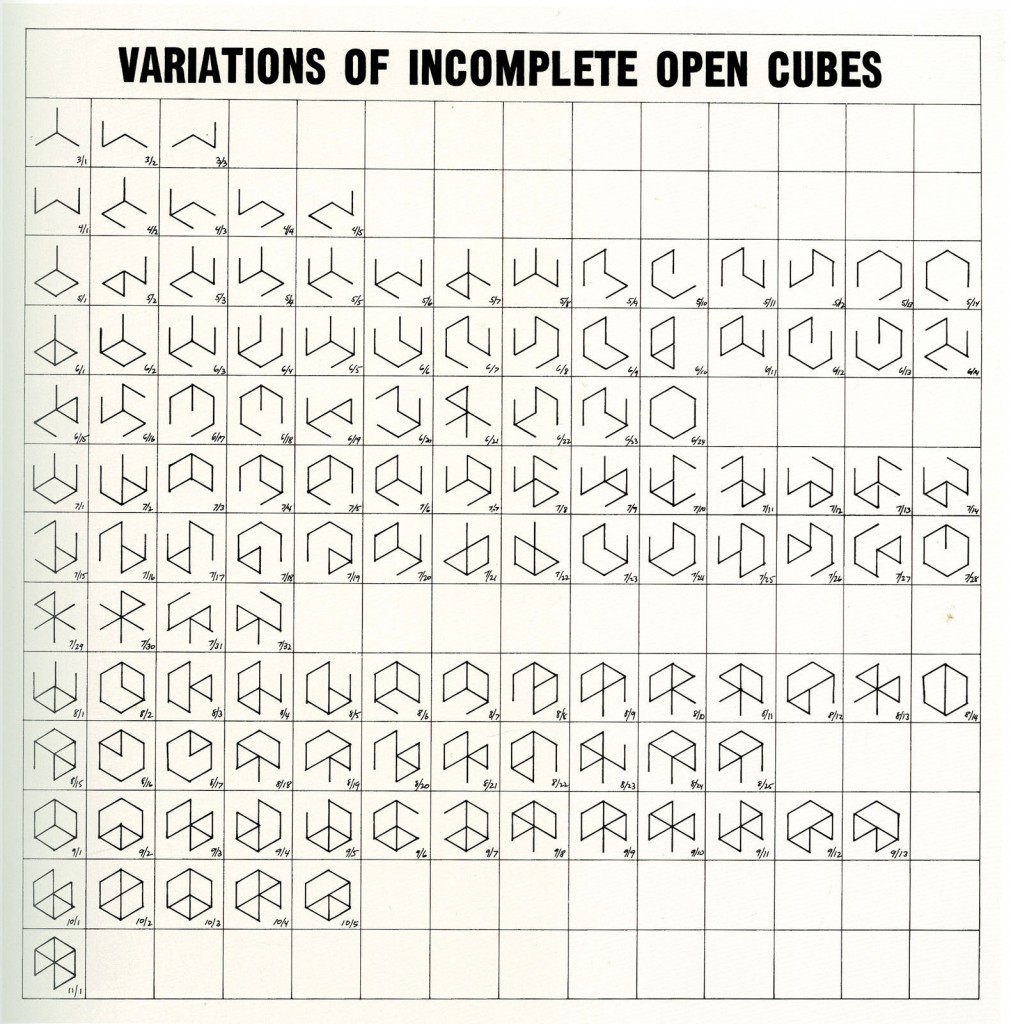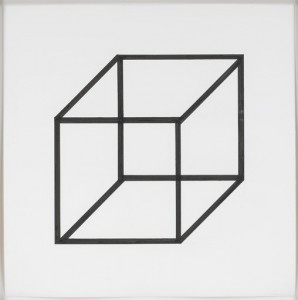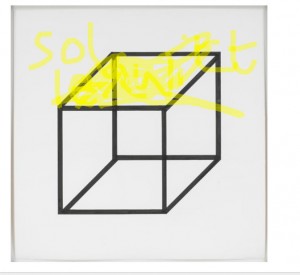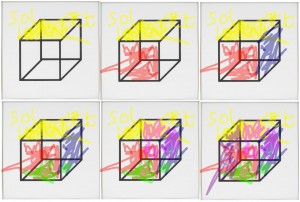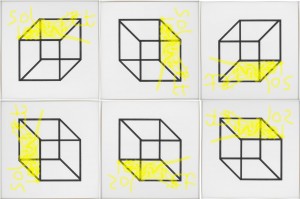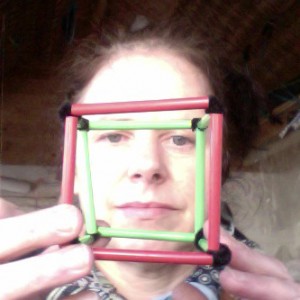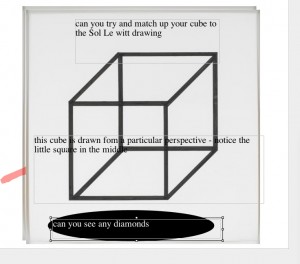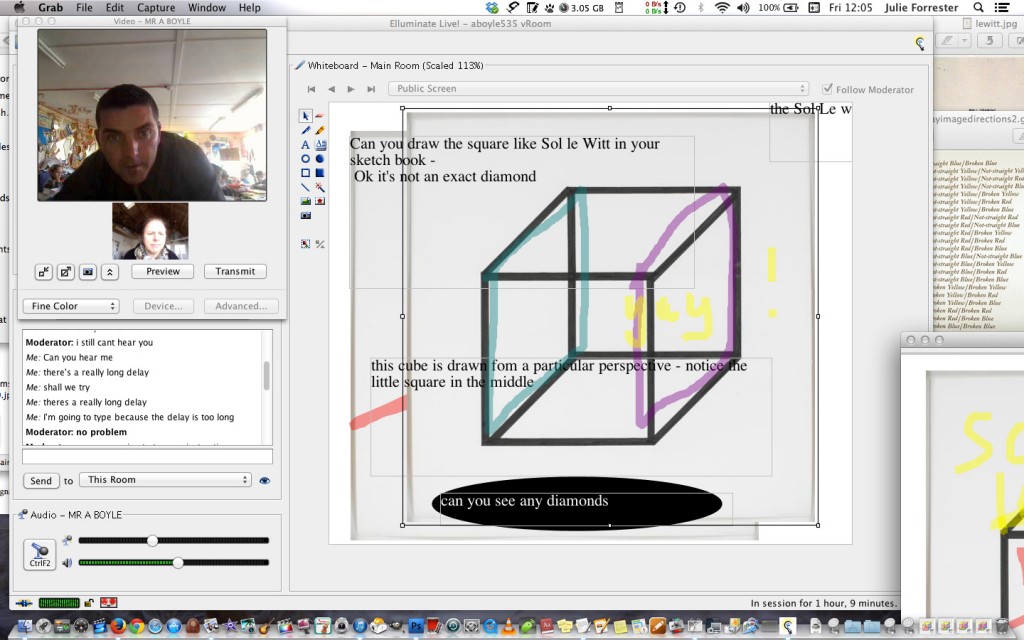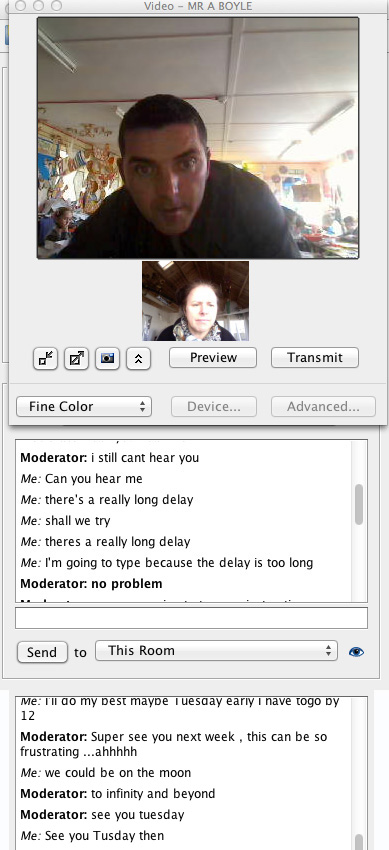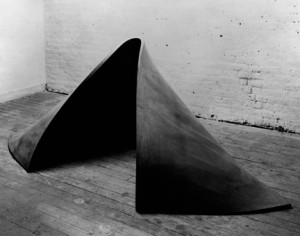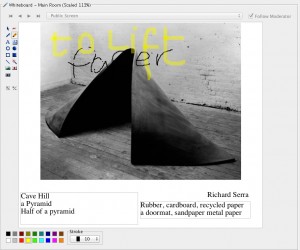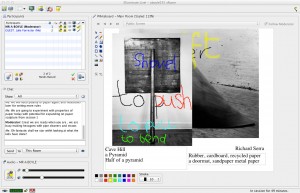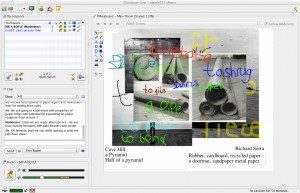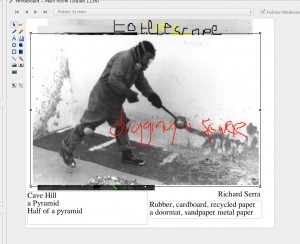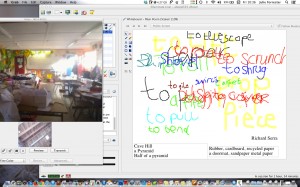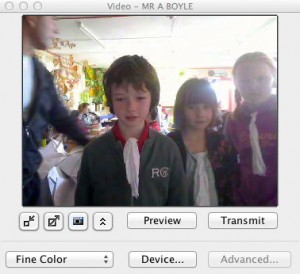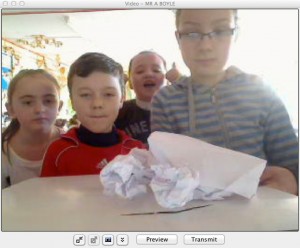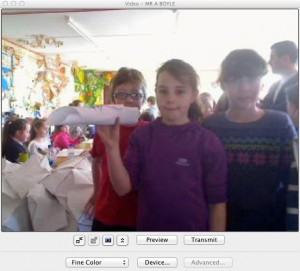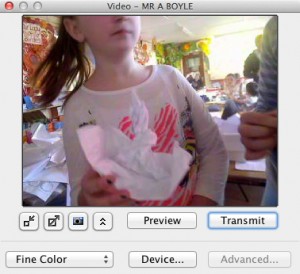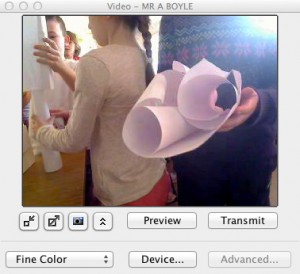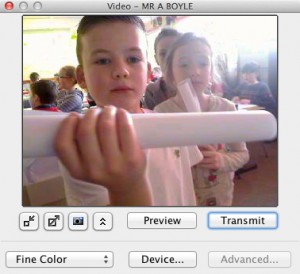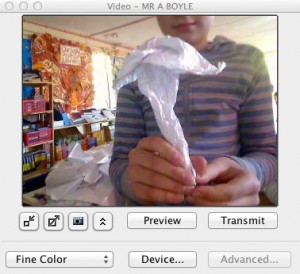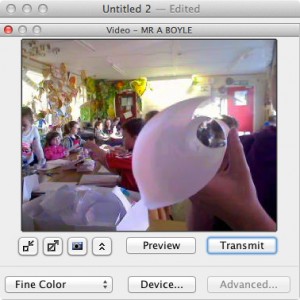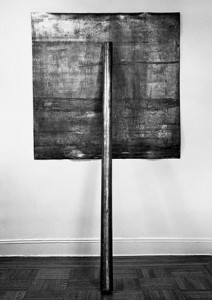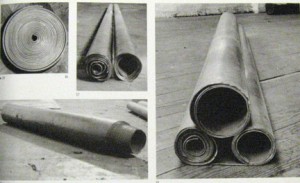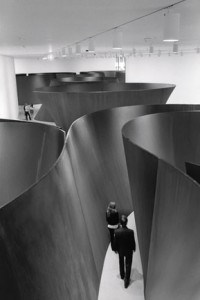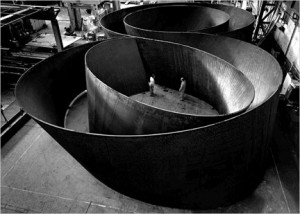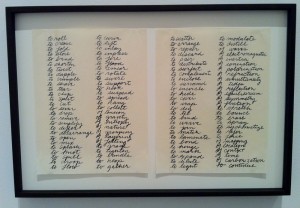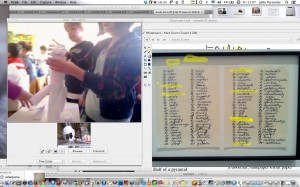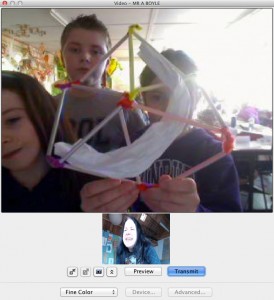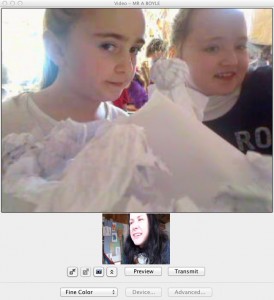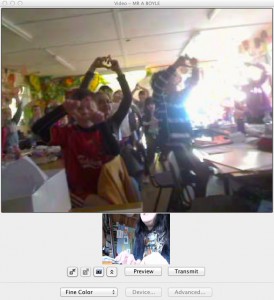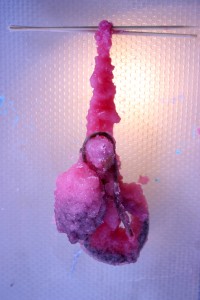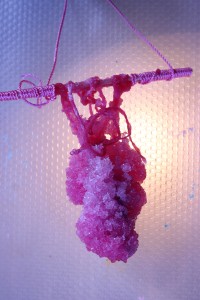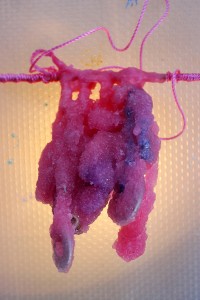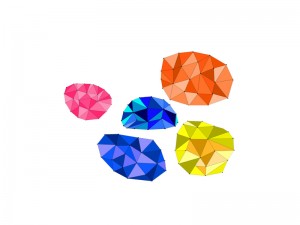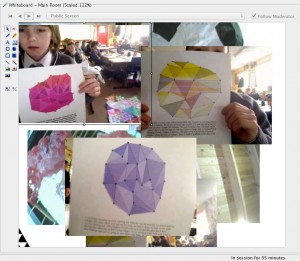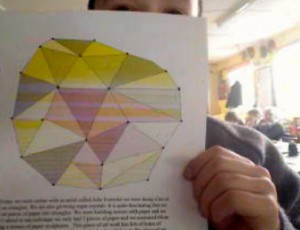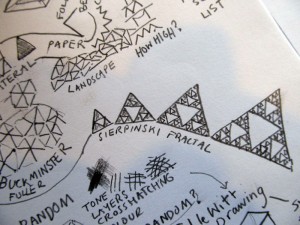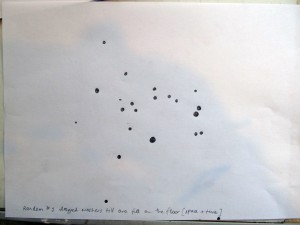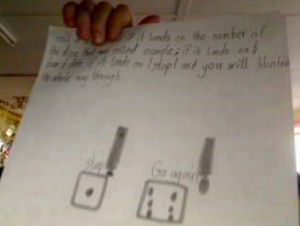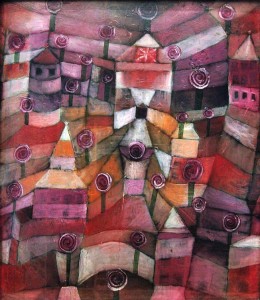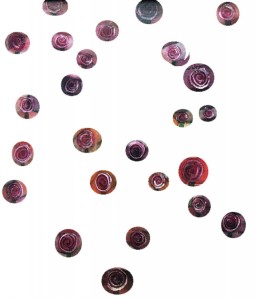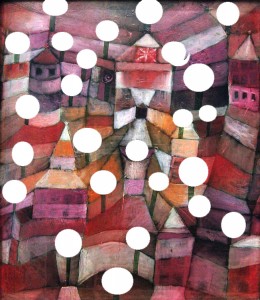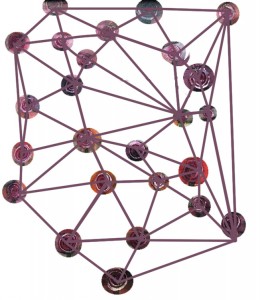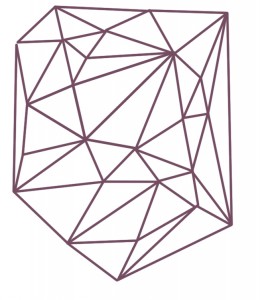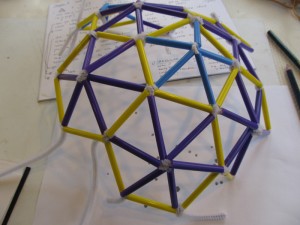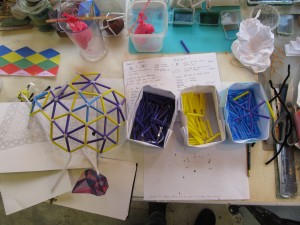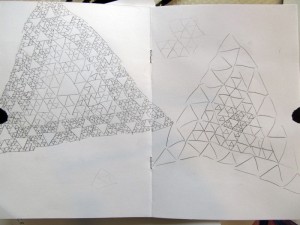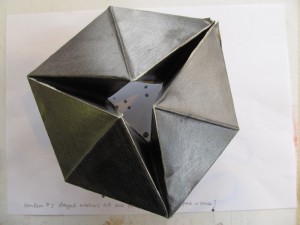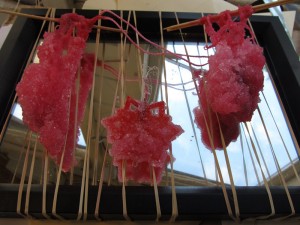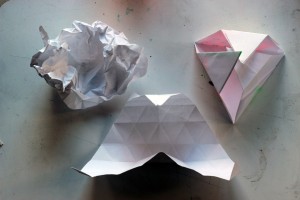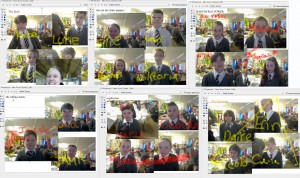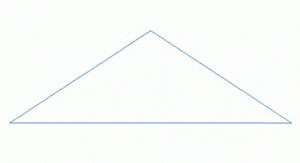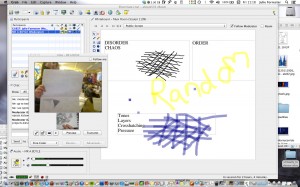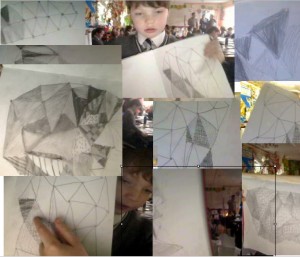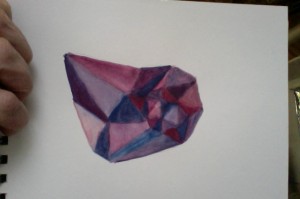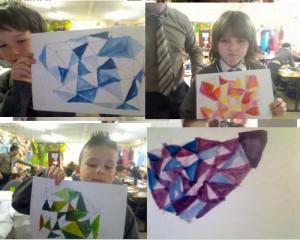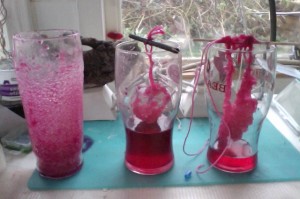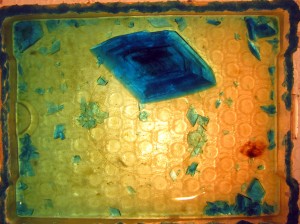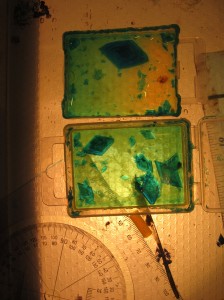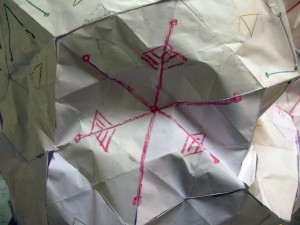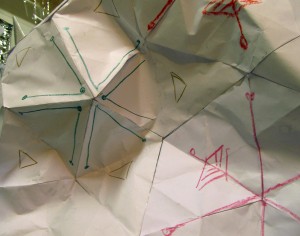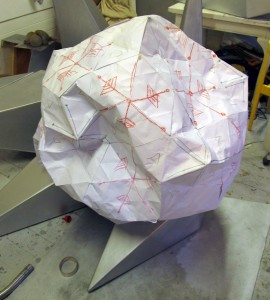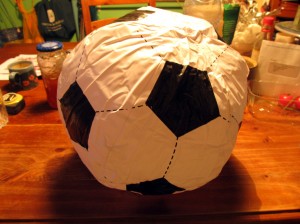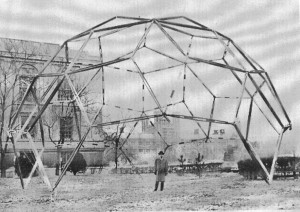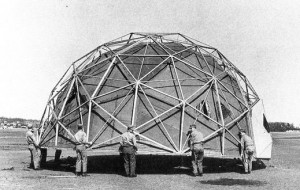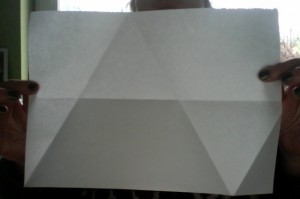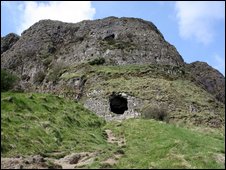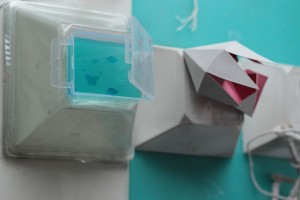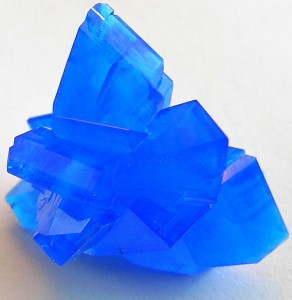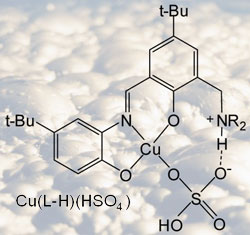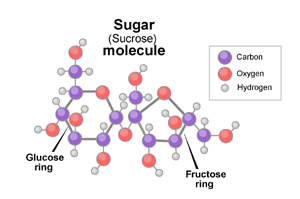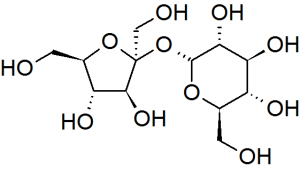I found this on the web, it’s a drawing but it had no credits so I don’t know who made it or the scale or the media, but I love it…spot the Speirinski…
hexathings
the size of the copper gem
Sol le Witt Instructions
the amazing transforming hexacube
What an lovely surprise this morning, I was delighted to see the amazing transforming hexacube, what a great discovery!
Take 1 cube
flatten it in a certain way
= a hexagon
**** fabulous *****
Here is a drawing by Sol le Witt
session 5
After a two week break, time to recap
technology did not want to co-operate and there was a long delay between my speaking and the classroom receiving my voice
We had a look at a drawing of a cube by Sol Le Witt
We tried to imagine it was a box with an open side
and we drew the open side
then we looked for other sides that could be open
I tried to do this by rotating the first image, but it didn’t work
why not?
We made a cube with the edges of one side a different colour
Here’s mine I would love to see some photos of the children’s cubes
We looked at Sol le Witt’s drawing again
We tried to match up our 3D cubes with Sol le Witt’s drawing
We did some drawings from the same perspective as Sol le Witt, starting from the small square in the middle
The drawings looked much more like our cubes than like Sol le Witt’s drawing!
Here is the subtext
Session 4
Today we spent some time with the sculptor Richard Serra
We looked at his work
and we made guesses about the material and its title
[Richard Serra. To Lift. 1967 (American, born 1939) Vulcanized rubber, 36″ x 6′ 8″ x 60″ (91.4 x 200 x 152.4 cm). Collection of the artist]
We looked at more of his work and guessed the titles and thought about how the title affected the way we understood the piece:
and we guessed more titles:
we looked at Richard Serra in action and tried to imagine a word for the action
Our first idea was Digging Space – a great start…from a distance it does look like he is digging, but when we looked closer we discussed the tool that he had in his hand, and Mr Boyle thought it looked tike a djanting, the tool used for for making Batik which holds the hot wax… so then we thought the material might be a liquid, we talked about words for dropping liquids, to pour, and Serra’s protective clothes make it look like the material is hot and dangerous….
This picture is called “Throwing Lead”
so we had a big collection of words:
We used our words to make some of our own pieces out of paper:
and we gave them all titles and subtitles we tried to make our sculptures stand on their own and turned them upside down things like crabs and bows and bouquets crept out
Richard Serra did not want his work to be like something else – he wanted it to be precisely what it is…
In order to follow Serra’s ideas, we must avoid thinking about metaphor – if we begin to think something looks like [a bow] [a dog] or [a house] this image begins to dominate and our thing stops being purely the thing that it is, and the material it is made from becomes less important than the image of something else [a man, or a dog, or a house, or a flower].
So for this activity, if our thing becomes like [a flower etc] we have to alter it, or remake it, so that it speaks about the action that made it in a more clear and simple way – the thing is about how it got to be – and this gives it a sense of drama, it might not yet be finished, it is in a state of change…there is an action going on…..and on…and on…. there is a sense of time, a sense of presence and a sense of purpose and mystery … it’s dynamic
I remember when we looked at “Propped Piece” and wondered
What would happen if you removed the pole?
I also remember that one of the class wanted to call this piece “Pull”
I remember we looked at “Rolls”
And we looked at these huge metal environments – I try to imagine what it would be like to walk in amongst these huge pieces of bent metal…how heavy are they? How are they standing? What kind of sound is inside them? What kind of surface does the metal have? What happens to steel when it exposed to the elements? Is there a smell?
Richard Serra believes that
“Drawing is a verb”
He made a list about“Actions to relate to oneself, material, place , and process”
He said
“When I first started, what was very, very important to me was dealing with the nature of process,”
he said.
“So what I had done is I’d written a verb list: to roll, to fold, to cut, to dangle, to twist…and I really just worked out pieces in relation to the verb list physically in a space.”
We looked at his action list, which has become an important piece of work, as important as the sculptures that he made from it.
List (1967-68)
We chose unusual words from the list:
this photo shows complement….
this group understood as ~ compliment ~ with some unusual work resulting,
this paper man became a vehicle for compliments – I thought this was a really interesting way to generate more actions/responses – not in any way I had anticipated (and not at all like Richard Serra would have imagined). This group are going to make a drawing of their character and surround him with the compliments they gave him.
There was plenty of ideas – words such as “to light” proving quite a challenge, the first thing they made was a representation of a fireplace and they took it to the window to imagine flames flickering in it – we want our sculptures not to be representations of something else and so the next step for this group is to photograph their piece in different places to see how ‘to light’ might work in different ways according to how the paper is manipulated.
There were some interesting combinations of materials…
here’s “to weave” :
this was a creative ‘cheat’ which I had to admire as it is so precisely to weave…I wonder what it would look like made only of paper?
This one is subtitled ‘the Binworld’ and I wanted to call it “overflow”. The group thought it could be the volcano at the top of Cavehill, which could be incorporated into the paper sculpture we started in session 1…we are still very much working with something looking like something else here and its a nice idea
but going back to the original word this one is “to crumple”
Our task is to develop this piece to be totally about crumpling – how is to crumple different from to crush, or to squash, or to crease– what exactly happens when you crumple? and how best can we show this?
I didn’t manage to get a screen shot of the group who did to scatter or the group who did to shorten and they had some both fine examples,
I remember asking the scatter group how they decided to scatter the paper, thinking about the area, how many people do it, the size of the pieces, is it orderly like sowing seeds or chaotic like what happens when the school bell goes? It would be good to write instructions for this in the way we did for the random patterns in session 3
The to shorten piece was a lovely pile of ever decreasing folded papers, I really loved this one, it had a lot of ideas in it, I would like to see this group hold on to the original piece and try out different approaches to shortening, being very precise about exactly what and how is being shortened, I loved the fact that they used folding as the technique for shortening, so it was “to shorten by folding” how about “to shorten by cutting” “to shorten by tearing” it would be great to think of some more ways …
I also loved the way this group made it clear that the piece was about to shorten by showing all the sizes going from big to small, like stages, or pauses, in the shortening process.
Bye bye till next time Diamonds
STUDIO
Sugar Crystals
Can you think of an action word for these?
Session 3
Friday becomes Wednesday – (due to confirmations in the school schedule) it’s all going to be a moveable feast for the Cavehill diamonds as next week there are computer overhauls in the school and then it’s half term…so we have to cram in a lot this week to keep us going!
I got sent a handful of gems:
These are by Luke D, Luke Q, Eve, Ellie and Caolan ~ I love them ~ Here is what Ellie had to say:
“I drew a crystal using just triangles and different shades of pink.
I first started of by drawing 22 dots on the page; next I drew lines to connect the dots. I had to make sure that every shape I made with the lines were triangles or else the crystal wouldn’t work. I then chose a colour (PINK!) and coloured in four triangles in that colour. Next I chose a lighter shade of pink and coloured in four triangles again in that colour. I took lighter shades until I made this! A pink crystal
and this is what Luke Q said:
“You can use different types of triangles such as equilateral, isosceles and scalene triangles. Today I went on RM colour magic. Next I did lots of dots, once I had done that I did a line around the outside of the shape. Soon I drew lots of lines joining up the dots in the inside to make triangles. To finish the piece I used loads of shades of blue to make it look like a sapphire.”
In upcoming sessions it would be fun to experiement a bit more with the gems using layers and transparency
Here are the children showing their images, the school printer was running out of ink so the colours were not what the children expected, I like the more metallic look of the ‘orange’ gem.
It’s interesting that the Ruby also has pink lines from this Liverpool supporter, I’m thinking there should be a redesign of the kit….
I’m still not mastering the Elluminate file saving very well and forgetting to take screenshots so I can’t post up an image of the glorious technicolour triangle quilt the class have made with last week’s triangles….We had a look at it together and revisited the Sierpinski fractal, trying to work out what the rule is for drawing one, this is what I came up with:
Rules for drawing a Sierpinski Triangle free hand:
Take midpoint of each side of equilateral triangle
Connect midpoints with a line
this creates upside down equilateral triangle in the centre of the “mother triangle”
Take each corner and repeat as above
The centre triangle at each iteration always remains undivided.
Everyone tried to make as many iterations from their ‘mother triangle’ as they could. We remembered what Daire (?) said last time about a fractal being the same shape no matter how big or small near or far it is. Here is the dictionary definition:
fractal
ˈfrakt(ə)l/
Mathematics
noun
noun: fractal
a curve or geometrical figure, each part of which has the same statistical character as the whole. They are useful in modelling structures (such as snowflakes) in which similar patterns recur at progressively smaller scales, and in describing partly random or chaotic phenomena such as crystal growth and galaxy formation.
The class are going to work out a way to superimpose Sierpinski Triangles on top of their multi-coloured quilt. I am looking forward to seeing this.
We then thought about rules for making Random Patterns, we looked at the gem drawing and noticed that in most of the drawings the triangles were more or less the same size, we remembered that we had drawn 26 dots ‘randomly’ on the page and connected them, I wondered what we could do to generate triangles of very different sizes, to escape somehow from the way we control what we normally do (spacing things out across the page)
I showed them a drawing that had lots of little circles on it, the circles came from dropping washers all over the page, then stopping when one fell on the floor, I didn’t look at the page because I didn’t want to influence where the washer might land.
A Recipe for a Random Drawing
one piece of A4 paper
a handful of washers
a pencil
1. Close eyes
2. Drop washer one by one
3. Keep going till one fall on the ground
4. Mark the places where each washer landed
Each group made up rules for Random drawings and showed me their results….we randomised the drawings further by superimposing rules from other groups on top of the drawings until they became very complex, I would love to get some of these in an email or on the class blog…..We had to remember to connect each dot to 2 others
Ellie noticed this already when she was drawing her gem using the computer – can you remember why it was important to connect all the dots Ellie?
There were some wonderful Random rules using feathers, pencils, blindfolds, dice and noses…I would love to see some of these on the blog too… here is a blurry image of one groups rules:
Our aim is to get as complex and as varied as we can allowing the rule to generate its own drawing.
Food for thought
here is a picture by Paul Klee:
called Rose Garden
It’s an interesting title since the picture is obviously a cityscape…
Roses
City
Gem!!!
The children showed me some lovely pictures thay had made on the computer based on triangles, there was an apple which also looked like a tree growing out of a globe and a fabulous still life with a banana it would be great to see these on the class blog too !!
STUDIO
Session 2 – Friday 24 January
OK so I have solutions to some of the mysteries of last week – ~ –
I thought there was a group called The Ravens and another called Rapunzel’s Tyre ~ when actually the Reds and Rapuncel’s Tower make much more sense. I was getting very lost in the woods with the chirping bird and the lovely Belfast accent kept sending up the wrong path. [The Red Hot Chille Peppers The Rolling Stones and the Explosions had all come across without due mishap.]
I got a little tip from Ann Donnelly, the artist who is working at Donaghey PS – she has a magic paper that she made with her class, with everyone’s names and faces on it
So today we began by coming one by one to the webcam and I took a snapshot and each person signed their name to their face, faces were grouped together on the whiteboard and we typed the group name into a text box.
REDS ~Luke~Orla~Kate~Luke
DYNAMITES ~Cara~Jacob~Daire~Erin
RED HOT CHILLE PEPPERS ~Ellie~Lewis~Wiktoria~Hannah
EXPLOSIONS ~Maria~Caolan~Rhiannon~Eimear
RAPUNCEL’S TOWER ~Sarah Marie~Rachael~Caitlin~Niamh
ROLLING STONES ~Jacob~Luca~Jamie
As it happens this tuned right in with our work today with fractals.
The photos took some time (especially as we kept losing our connection) So while we were taking snapshots at the webcam the class were busy behind the scenes folding triangles again and again, we counted 40 at one point but I think we folded more…we were looking at
Sierpinski’s fractal – I got this image from wikipedia:
We noticed, as we folded our triangle up to the previous fold lines, that the triangles were all equilaterals and they were getting smaller and smaller.
Do you remember how many triangles we counted in the last one?
We noticed that in the Sierpinski Triangle the white triangles point down and the black triangles point up
We noticed that the triangle in the middle stayed big after the first iteration [an iteration is a repeated action] Can you see how this rule is repeated with each iteration?
I asked if anyone knew what a fractal was and one boy (please say here who?) told us that a fractal is a shape which stays the same whether it gets smaller or bigger …..
here is another example from wikipedia showing how fractals talk about scale:
[…or how a triangle can be a mountain…you might have to click on the triangle to see it transform and multiply…]
Everyone agreed to work on their own Sierpinski triangle during the week, choosing colours and creating the design.
So now all of this was all very ordered and systematic, so I wanted to find out what the opposite might be ~ the class came up with words like disordered and chaos…
I showed the group a drawing I did by making a random scattering of points and connecting the points into triangles. The children made a point for each one of us (24 children + Mr Boyle + Julie) in random places on a page in their sketch books.
It would be good to come up with other ways of creating random patterns
The children noticed that in my drawing there were lots of different shades. We talked about how to make different tones ~ the children suggested using pressure on the pencil and by crosshatching…I also suggested we think about layers ~ crosshatching is one way of building layers to create different tones and we can build tone by layers of shading too. Here is our whiteboard discussion and some drawings
I showed them some other pages in my sketch book:
The children thought this one looked like an amethyst –
We decided to try some colour work using different tones and colours (hues):
Can you think about how to create different colours using layers?
We can try more work with this next week…(or the week after)
meantime we also thought about fractals and scale
After all that work I asked if you would like to see my studio. I have been busy growing crystals:
These ones are made out of sugar and cochineal.
The children have collected jam jars and are going to start growing some in the classroom…on Monday…they will take a photo every day to document how the crystals form. We will look at these in more detail next week.
STUDIO
the copper sulphate “diamond” growing
patterns for geodesic structures – paper ball
dent hexagon
protusion pentagon
giant paperball
inflatable football
Session 1
Instructions were to make a piece of paper stand up.
Students solutions were:
to curve – landscape format
to fold (once) portrait format
to fold once landscape format
to fold twice – this created an inside and an outside
to concertina
It would be good to start a collection of words for actions with paper
It would be nice to see some photos of these structures on the class blog
Students worked in teams of 3 & 4 Teams were given the task to build the tallest structure using their “standing” paper
Ravens, Dynamites Red Hot Chilli Peppers, Explosions, Rapunzels Tyre and Rolling Stones competed to make structures from 41 cms to 64 cms high.
{Class please correct me if these names are a bit off, sound isn’t the clearest at my end – I am especially confused by Rapunzels tyre ????}
I wonder – can we get any higher than 64 cms with four A4 pieces of paper?
We looked at Buckminster Fuller’s Geodesic Dome and found diamonds
(and other shapes…..)
We made Equilateral Triangles out of A4 paper
We joined them together to make hexagons and we joined the hexagons to make a bigger shape
We created a paper landscape with our structures.
The children told me about Cave Hill, Napoleon’s Nose and a Sleeping Giant who could well have been the inspiration for Gulliver’s Travels Jonathan Swift’s story about Lilliput. One boy had an adventure with briars that left scars all over his hands. I was told about plane crashes, volcanoes and a hidden store of diamonds at its centre.
It’s interesting that the shape of the mouth of the Hill’s largest cave is a hexagon…. I wonder ….?
The children showed me pictures they had made including, a fabulous landscape with a darkening sky and a cave where the light was shining from inside, rather than the dark mouth I expected. All very intriguing….
Perhaps we can see some of these pictures on the class blog?
Altogether a fabulous morning.
I am struggling still with the technology, I can take snapshots of the classroom but the class are having trouble taking snaps from their end, our whiteboard builds up quickly with layers of images and I haven’t got to grips with saving whiteboards and creating new ones. Sometimes Tony and I end up battling with each other moving stuff around and deleting to find space or hunt down an image. It is a strange sense of removal to be working virtually, my hands in my studio and to be seeing things at a removal from a single perspective children come and go from the screen I see wide shots and flurries of activities, it’s all a bit of a blur, but I can sense the excitement.
STUDIO
I have started growing crystals in my studio:
these are made from copper sulfate
I am hoping it will grow to form something like this:
but at the moment I am appreciating the perfect diamond forms.
Here is a link to an art work Seizure by Roger Hiorns
http://www.artangel.org.uk//projects/2008/seizure/about_the_project/seizure
We can try this experiment with sugar in the classroom
I like this image of the structural formula for extracting copper sulphate, It is a diagram showing the chemical bonds which make up the molecule.
I found this structural formula for sugar (sucrose):
C12H22O11
the molecule is made up of carbon (C) Hydrogen (H) and Oxygen (O)
what shapes can you see?
I like this one too:
